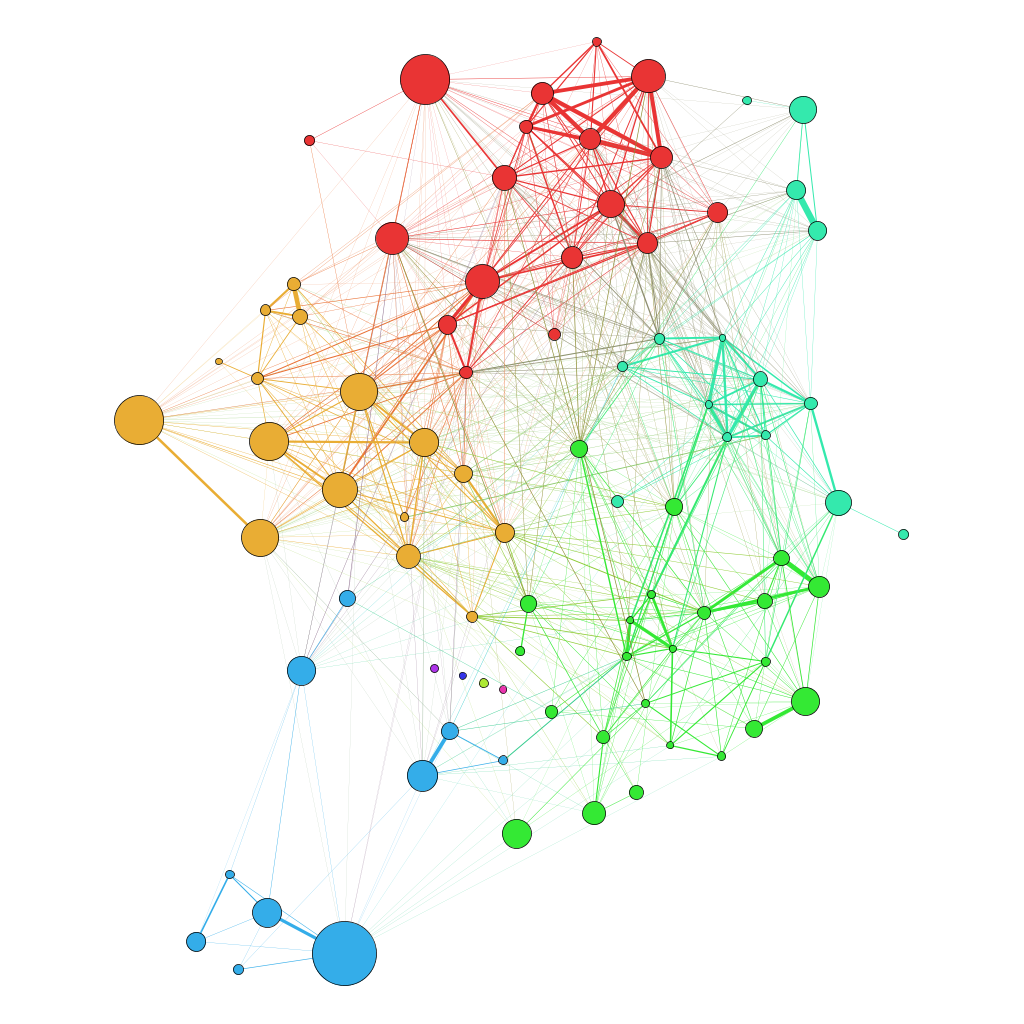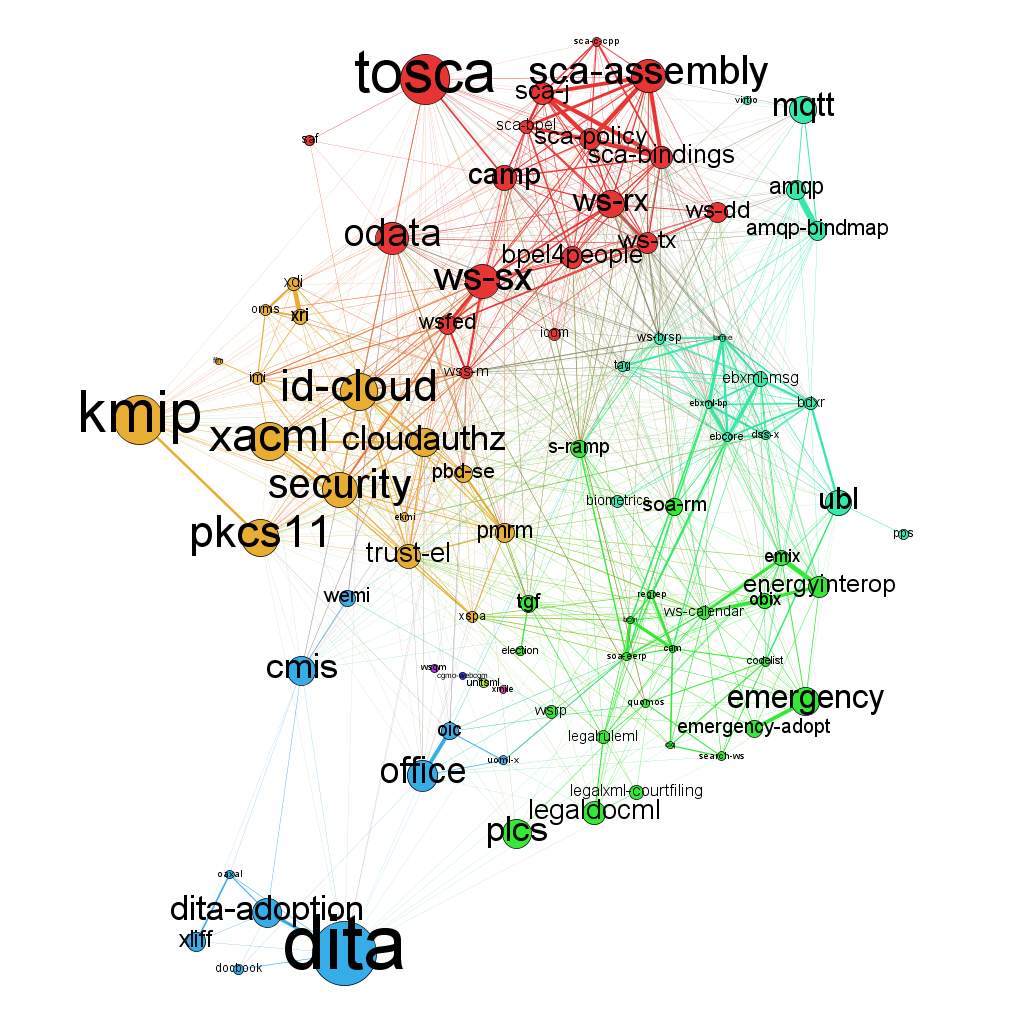OASIS ODF 1.2, the current version of the Open Document Format standard, was approved by ISO/IEC JTC1 National Bodies after a 3-month Publicly Available Specification (PAS) ballot. The final vote for DIS 26300 was: 17-0 for Parts 1 and 2, and 18-0 for Part 3.
Of course, this is a very good result and all those involved, whether TC members and staff at OASIS, implementors, adopters and promoters of ODF and open standards in general should be pleased and proud of this accomplishment.
This was a team effort, obviously, and I’d like to give special thanks to Patrick Durusau and Chris Rae on the ODF TC for their special efforts preparing the PAS submission for ballot, Jamie Clark from OASIS for putting together the submission package and Francis Cave, Alex Brown, Murata Mokoto and Keld Simonsen in JTC1/SC34/WG6 for their continued advice, feedback and support.
Since comments were received by Japan and the UK, we now start the comment disposition process. The SC34 Secretariat will determine whether a Ballot Resolution Meeting (BRM) is required, or whether the comments can simply be handed to the Project Editor for application to the specification prior to publication. One way or another, there will be a little more work before publication of the ODF 1.2 International Standard.
The OASIS ODF TC continues work on ODF 1.3, with renewed vigor. After nearly a decade of involvement with ODF, and many years leading the committee, I’ve stepped down. The TC has elected Oliver-Rainer Wittmann, a long-time TC member, ODF implementor and a familiar face at ODF Plugfests, to take over. I’m currently exploring other areas related to open innovation (open standards, open source, open data, open APIs). If you know of anything interesting, https://linkedin.com/in/rcweir.

